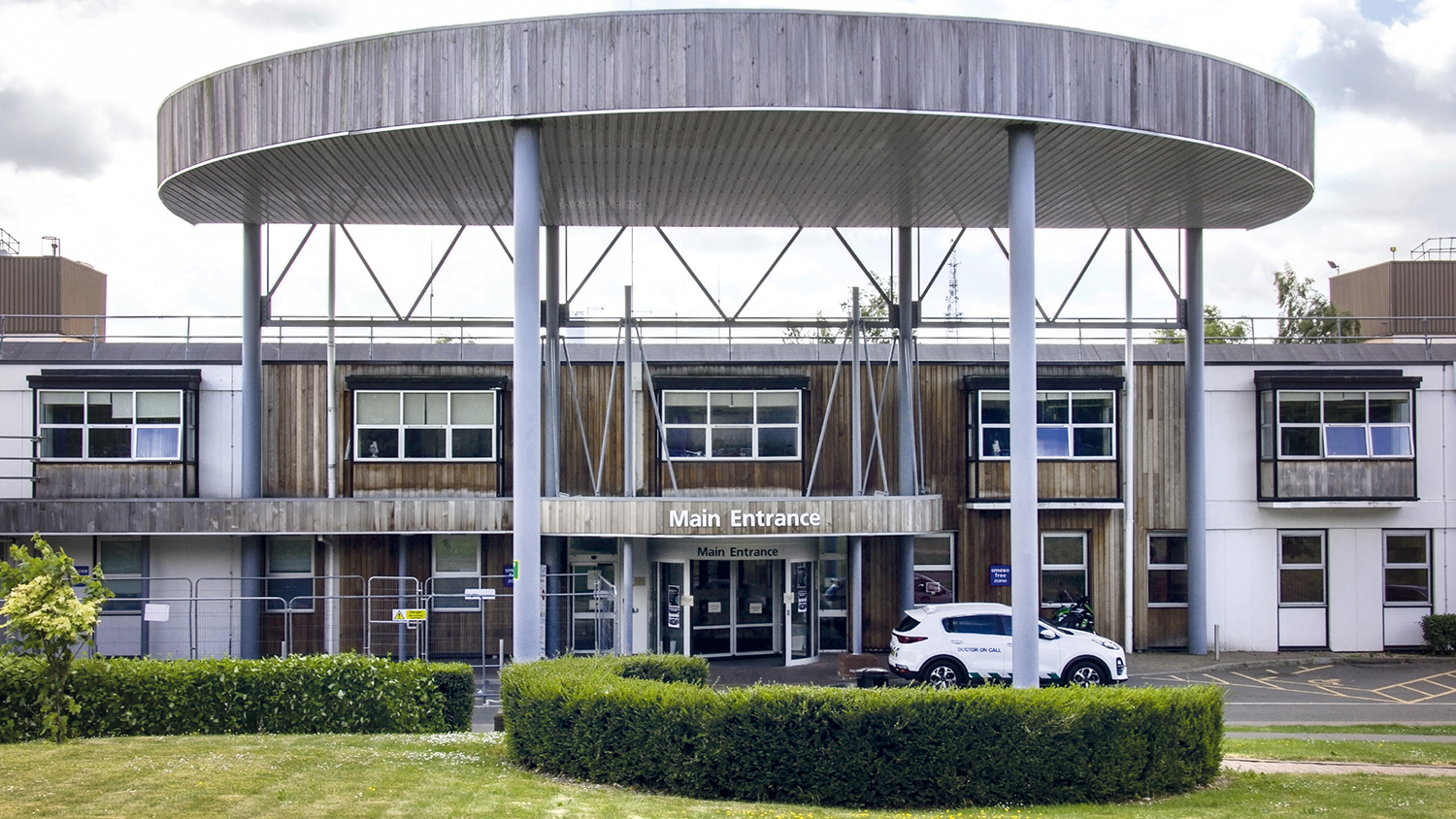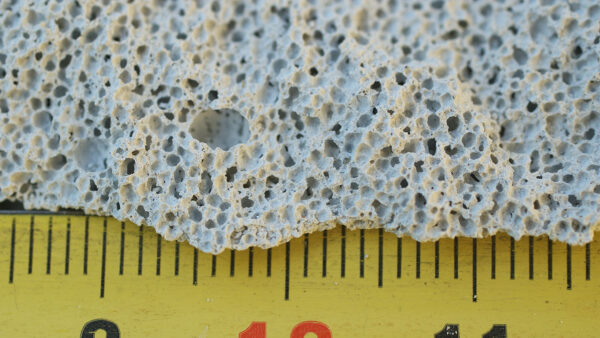
Costs associated with remediating school and hospital buildings containing reinforced autoclaved aerated concrete (RAAC) are set to rise, as more NHS buildings are found to contain the material.
If not properly installed and maintained, RAAC panels have been found to fail without warning.
Though the risks associated with RAAC have been known for some time, the issue came to national prominence at the end of August, when the Department for Education (DfE) changed its guidance on RAAC, resulting in the closure of schools, after incidences of sudden failure.
NHS England has also been surveying, monitoring and remediating its RAAC buildings for several years but during October a further 18 hospitals were added to the list, bringing the total to 42.
David Crosthwaite, chief economist at the Building Cost Information Service (BCIS), said: “It was inevitable that, as estate managers undertook reviews of the building stock, more cases of RAAC would be found.
“Looking at the list of affected NHS sites, they range from large hospitals through to small community hospitals. Within those, we don’t know whether we’re looking at small sections of roofs or replacement roofs for entire sites being necessary, so the potential range in costs will vary massively.
“We know that, for example, at the Queen Elizabeth Hospital in King’s Lynn, which was already included in the government’s new hospital building programme, the majority of buildings on the site are affected.”
Cost of replacement
BCIS estimates the cost of removing a RAAC-affected roof from a 10,000 sq m four-storey hospital and replacing it with a new metal roof is in the region of between £1.75m and £2m. Refurbishment of the rooms below are estimated at around £700-£800 per sq m.
Crosthwaite added: “Where remedial work is possible, rather than starting again with a new building, the challenges, and inevitably costs, increase when the setting is more difficult to access, when there’s specialist equipment on site and, of course, when it’s not as easy to move the occupants out as it is perhaps temporarily to pause face-to-face education.
“Clearly, ongoing maintenance budgets in the public sector are going to be under pressure for some time, but the whole RAAC situation has proved exactly why investment in ongoing maintenance work – to keep buildings operational and their users safe – is so crucial.”
Meanwhile, scores of more buildings across the country, including university buildings, courts, theatres and police stations, are being found to contain RAAC.
In October the DfE added another 43 new schools with RAAC, bringing the total number of schools where RAAC is present to 214.












